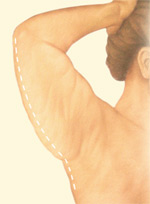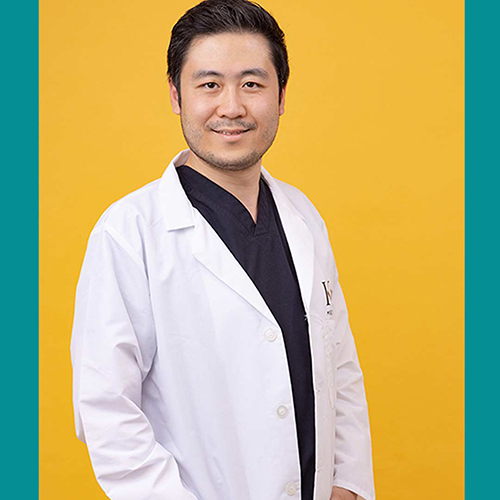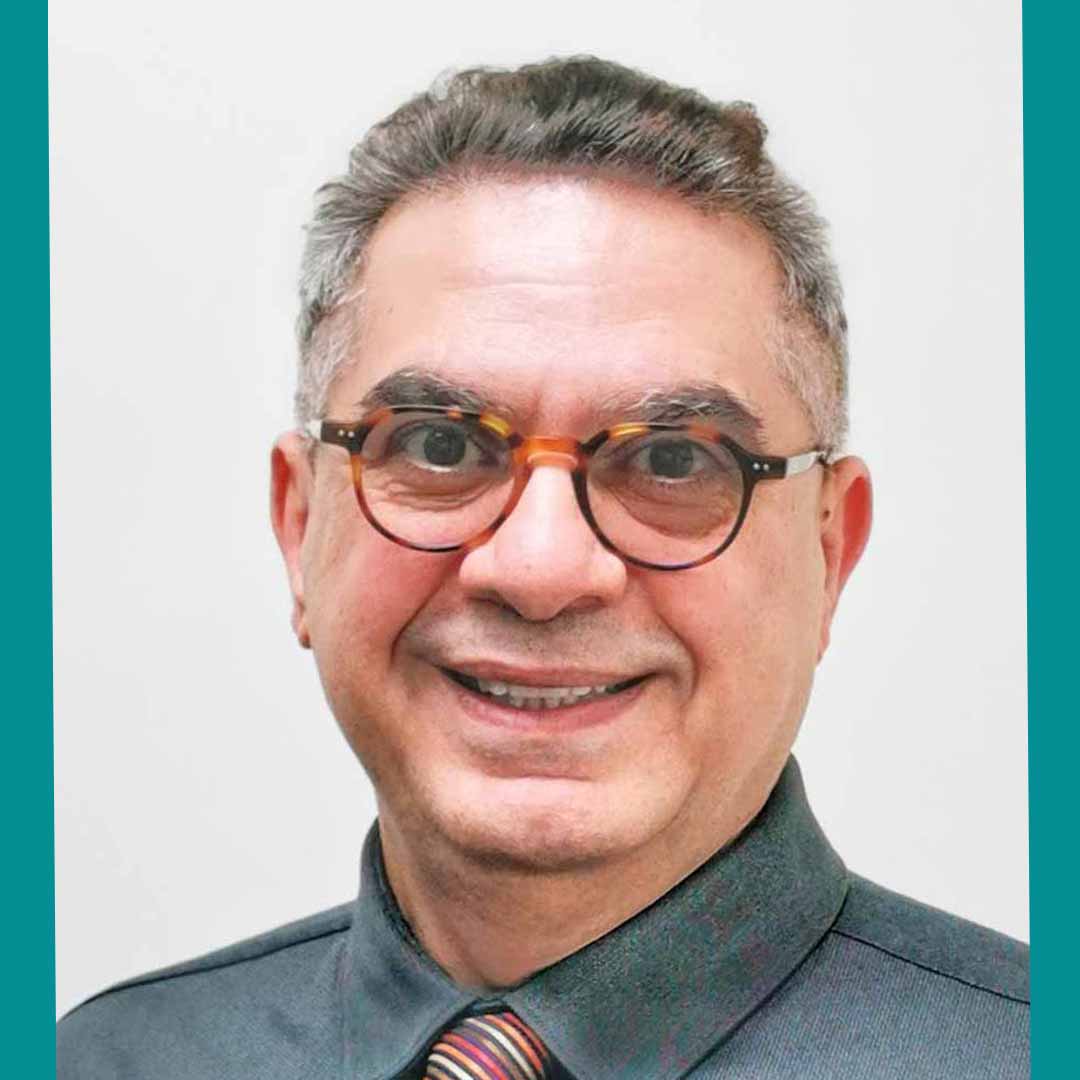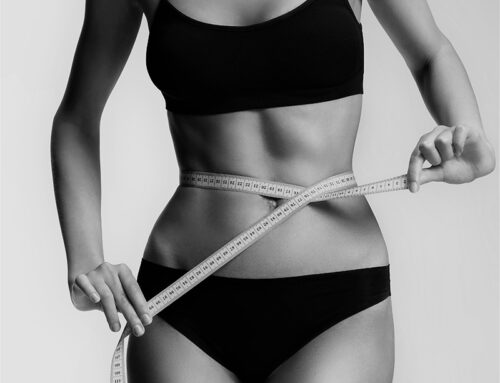What is an Arm Lift Surgery?
An arm lift, medically known as brachioplasty, is a transformative surgical procedure that rejuvenates, reshapes, and reduces the circumference of the upper arms. By removing excess fat and sagging skin from the undersurface of the upper arm, often referred to as the “batwing,” this procedure yields remarkable results. It is frequently complemented with liposuction to eliminate excess fat deposits around the arms. While exercise can enhance muscle tone, it cannot address loose skin caused by reduced elasticity due to factors like significant weight loss, aging, or genetic predisposition.
Why Grand Genesis?
Largest Private Plastic Surgery Centre in Ontario, fully equipped state of the art facility located in Richmond Hill, efficient and user friendly but more economical than downtown luxury mini clinics
2 Fully Equipped Operating Rooms – 15 Recovery Beds for Overnight Stays
15 Plastic Surgeons (Guest & In house) – 30 Nurses
VERY SHORT waiting times for Consult & Surgery
Arm Lift Surgery Done by Following Surgeons:
Click on the name to read more about the surgeon & their background.
Price & Cost
Price range: CA$8,000-10,500 depending on the extent of surgery. Our surgeon can give you an exact estimate of the cost after examination & talking with you.
Who is a good candidate?
You are a good candidate for an arm lift surgery if:
- You are not significantly overweight.
- Your skin’s elasticity has diminished.
- Your weight has stabilized (weight loss after the procedure can reverse the desired outcomes and result in more sagging skin).
- You enjoy overall good health, devoid of severe illnesses or medical conditions that could impede healing.
- You are a non-smoker or can refrain from smoking for at least three weeks prior to and after surgery.
- You possess a positive outlook and have a realistic understanding of the procedure’s potential impact.
- You are committed to maintaining a healthy lifestyle to sustain the long-lasting results of the procedure.






The Procedure
Brachioplasty is typically performed under intravenous sedation or general anesthesia, contingent upon your health status and the extent of the surgery. The procedure generally takes one to two hours.
In cases of good skin tone or minimal sagging, liposuction can eliminate fat deposits without necessitating extensive incisions. However, when skin elasticity is compromised, as in other body contouring procedures, excess skin must be removed through longer incisions that leave behind scars. The shape and extent of the scar are determined by the surgeon's approach and the chosen method. Three primary types of arm lifting procedures exist:
- Extended Brachioplasty: This involves an incision along the back of the arm, extending from the elbow upwards and down the side of the chest. This method is suitable for post-dramatic weight loss cases, allowing for more extensive skin removal.
- Standard Upper Arm Lift: Characterized by a slightly curved or "z" shaped incision, extending from the armpit to the elbow, this is the common scar associated with most arm lift surgeries.
- Mini Arm Lift: Ideal for slight reshaping, this procedure utilizes a smaller incision, often placed under the armpit.
Arm lift surgeries are frequently combined with liposuction to achieve enhanced toning.
Recovery
Following the surgery, an elastic bandage or compression garment might be recommended for several weeks to minimize swelling and provide support during the healing process. A small tube might be inserted under the main incision to drain excess fluid. The recovery period typically spans seven to ten days. For at least six weeks, it's important to avoid arm exercises and heavy lifting.
While the initial results of arm lift surgery are visible almost immediately, swelling needs to subside before the final outcomes become apparent. Scars, though permanent, should gradually fade and flatten within three months to a year post-surgery. Read More: Brachioplasty Recovery
Possible complications
Although infrequent, complications can arise, including fluid retention, excessive blood and fluid loss, hematoma and seroma (blood and/or fluid accumulation under the skin), infection, reaction to anesthesia, pulmonary embolism, scarring (keloids), changes in skin sensation, damage to underlying structures, or the need for a secondary corrective operation. Hematoma and seroma might require intervention to drain accumulated blood or serum. Smokers might face exacerbated wound healing complications. During your consultation and before the surgery, all potential risks will be thoroughly discussed.
Ensuring a comprehensive understanding of the procedure and its potential outcomes through a candid discussion with your chosen surgeon is crucial.
Finding the Best Arm Lift Surgeon in Toronto: Your Guide to Aesthetic Transformation
Are you considering an arm lift to enhance the appearance [...]
Plastic Surgery After Weight Loss in Toronto and GTA
Plastic Surgery After Weight Loss: Enhancing Your Transformation Losing a [...]
Tips for Brachioplasty Recovery ( Arm Lift Recovery)
Recovery from Your Arm Lift Surgery Arm lift surgery, [...]













Leave A Comment